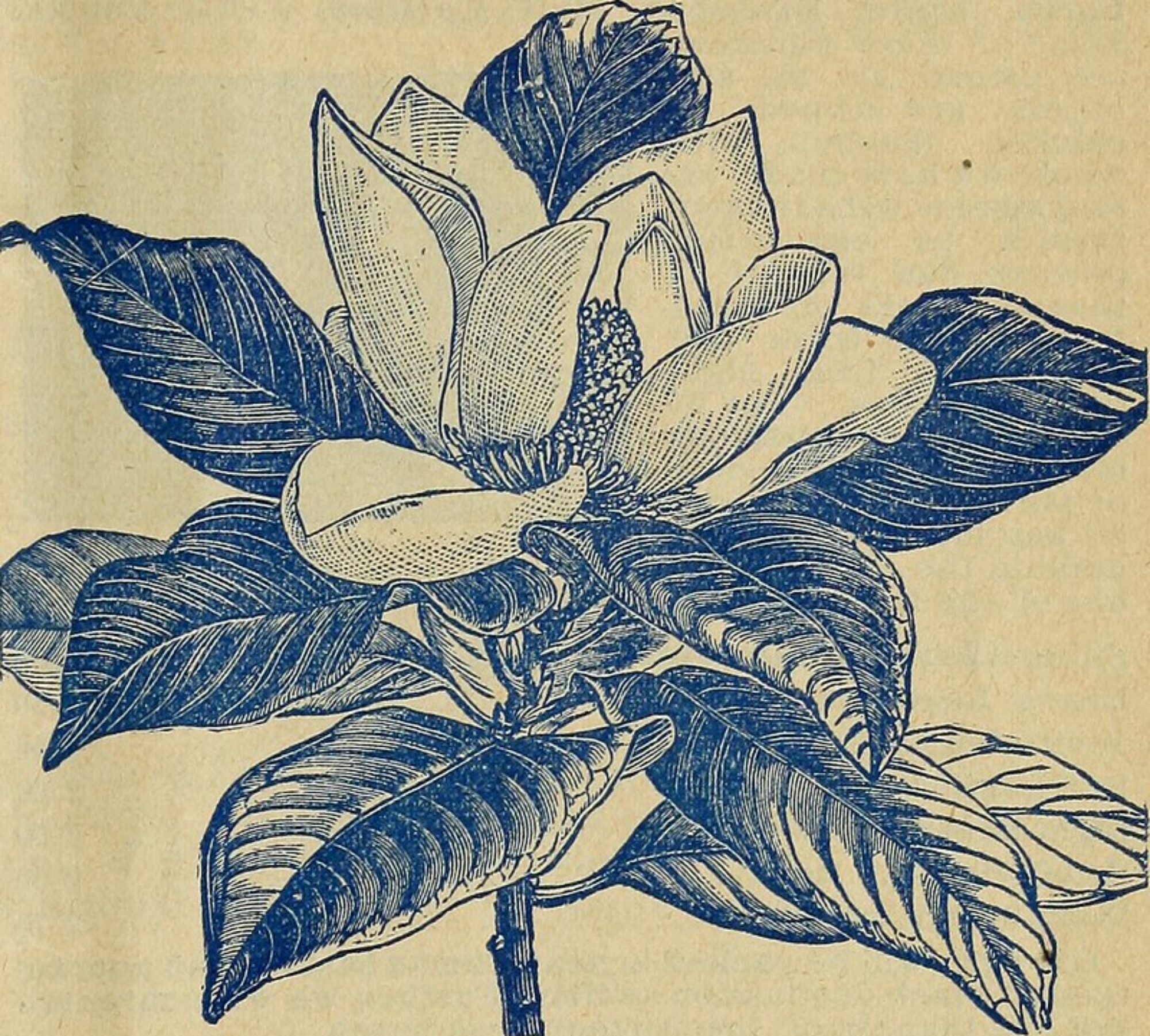Sohorans are a large and powerful race native to Homestegan. They are as big as rhinoceroses and, with their very short legs and long arms, they appear almost quadrupedal. They use their hands both for walking and manual tasks. Sohorans have two genders and marry at a young age, usually having two children early in life. Each female Sohoran can only give birth once; during childbirth, their reproductive organs are torn and expelled from the body along with the offspring. Sohorans always give birth to twins, which keeps their population stable. Their young have translucent and slimy bodies, making their soft bones visible from the outside. As they mature, their color gradually changes to various shades of red. They develop features like manes, clusters of brick-colored hair, and bony spikes on their heads and bodies, which are more varied in males.
Before the arrival of the Lodachs in their territory, Sohorans were known to be a bloodthirsty and warlike people. Their history from that period is filled with long lists of tribal leaders and powerful warriors, and their geographical records are essentially lists of regions where significant battles took place. Although numerous documents from this era remain, they have not been thoroughly researched due to being written in their ancient language, leaving many dark spots in their history.
About eight centuries ago, by Homestegan’s local calendar, creatures known as Lodachs appeared on the planet, seemingly a mutated species of marine invertebrates. Lodachs had a complex nervous system and initially spread through the Sohoran population like a parasitic disease. They sent strands of their nervous system into the back of Sohorans’ heads, connecting the host’s brain and spinal cord to their own neural centers. As a result, their hosts became calm and docile, capable of union and cooperation by suppressing their inherent violence and aggression.
Consequently, the cities of Sohorans infected by Lodachs soon experienced a period of growth and progress, surpassing other cities that resisted the parasite. Later, a major war erupted between infected and uninfected Sohorans, both motivated by a shared desire to free the other from their state (ecological infestation by the parasite or genetic predisposition to violence). It was obvious that the united Sohorans with Lodachs would win, as their less aggressive nature made their military strategies more successful and complex, and their coordination and unity were impressive. Afterward, the uninfected Sohorans became extinct, and these creatures merged with the Lodachs to form a single entity.
Modern Sohorans have a sturdy, hunchbacked body with a sharp bony ridge in the middle of their back. This ridge evolved in their ancestors to prevent Lodach ancestors, who have always been external parasites, from attaching to them. Some inscriptions indicate this relationship. It appears that the evolution of modern Lodachs involved a mutation that altered their body shape, enabling them to cling to this ridge and thread their nerves through the bone.
The Sohoran-Lodach society, once stabilized, became a peaceful and calm system, constructing enormous cities that rise like white stone cones to incredible heights above the mountains of Homestegan. These cones contain millions of large and small cells where all members of this race live together.
All productive and consumptive tasks in Sohoran society are carried out collectively and communally. These beings specialize in producing simple mechanical systems and lack advanced intelligent technology. In ancient times, shipbuilding thrived in their society, but now they only maintain small trading fleets in each city. They are also incapable of producing advanced art and literature, and their creations are limited to simple hymns praising their society, sung collectively while working. Their language is simple, consisting of a limited number of words, each directly referring to something in the external world, devoid of metaphorical and poetic elements. However, archaeological evidence shows that Sohorans had complex art and rich literature before their infestation by Lodachs.
Etymology: The word “Sohoran” comes from the Pahlavi root “Sohar,” meaning red in modern Persian, preserved in names like Sohrab and Suhrawardi. Their name is a reference to the red flags of communist countries. The name “Lodach” is derived from the famous communist philosopher and writer, Lukács. (Vakili, Sherwin (2019) A Dictionary of Celestial Beings, Internal Publications of the Khorshid Raga Cultural Institute)
